10 Side Effects of Rapid Weight Loss
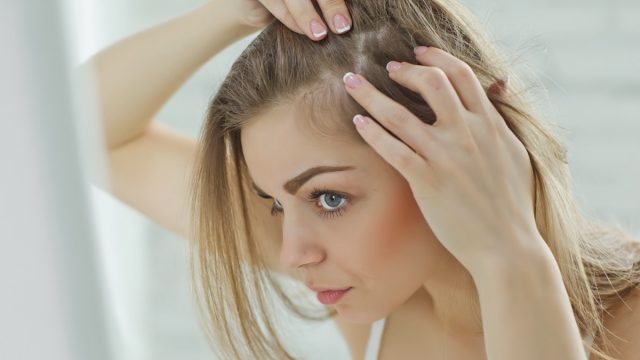
Losing weight fast can seem like a dream come true. However, there are some negatives that come along with rapid weight loss you should consider before taking a GLP-1 drug like Ozempic or going on a drastic diet. We asked some of the top doctors, plastic surgeons, and weight loss experts to reveal major side effects of rapid weight loss – via either the natural way or using weight loss drugs – to look out for.
Fat Deposits
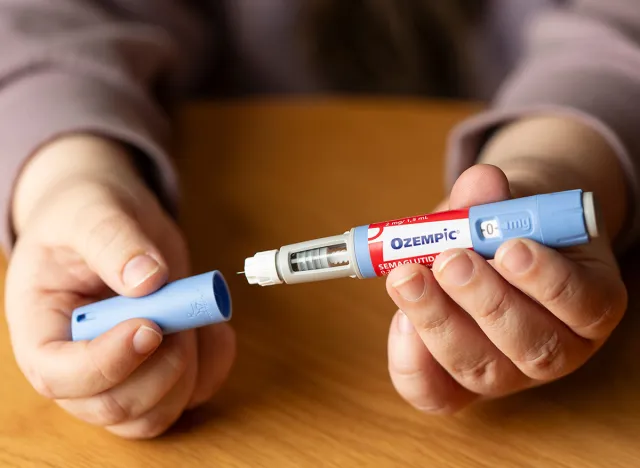
While losing weight reduces overall body fat, deposits still exist. "Treatments like Ozempic help with rapid weight loss, but fat still exists in a reduced size," Vishal Verma, MD, Founder of Revive Med Spa, says, recommending treatments like CoolSculpting to help "eliminate the fat cells, furthering the long-term results."
RELATED: 20 Possible Ozempic Side Effects
Uneven Skin Tone or Texture
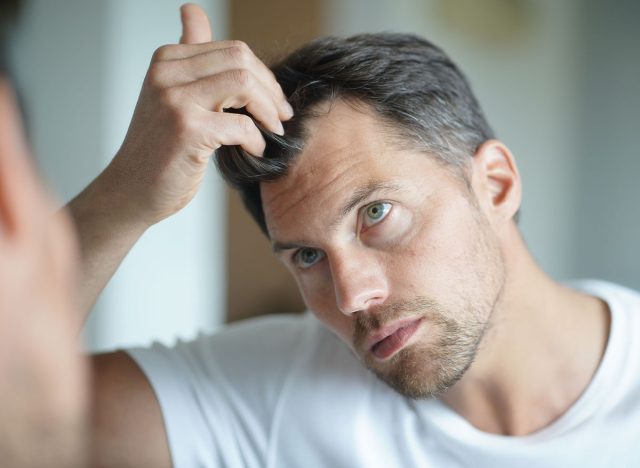
There is also the appearance of uneven skin tone/texture with weight loss. "Stretch marks may become more apparent with weight loss, so resurfacing treatments can help even tone and texture for a more youthful, radiant glow," says Dr. Verma. "
Hair Loss
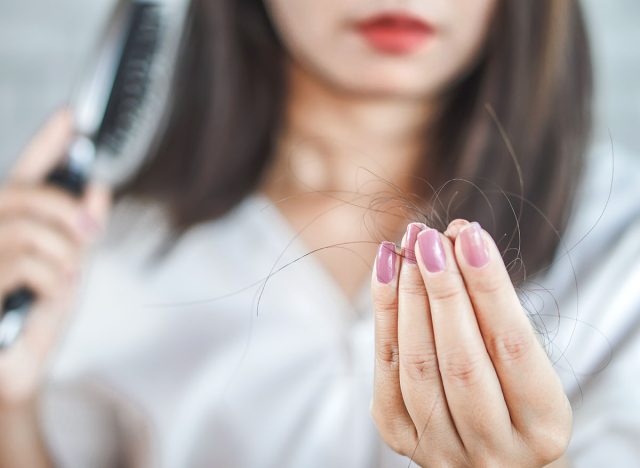
Hair loss can be a potential side effect of rapid weight loss. This is often due to nutrient deficiencies, stress, and hormonal changes that occur when the body loses weight quickly.
RELATED: 20 Incredible Ozempic Success Stories of All Time
Unplanned Pregnancies are Being Examined

Losing weight can impact fertility. "Weight loss can generally be associated with increased fertility by restoring normal ovulation in people who have PCOS or other causes of abnormal cycles," said Dr. Daniel Drucker, a professor and researcher at the University of Toronto's Mount Sinai Hospital and a pioneer of research into GLP-1 in an interview with CNN.
Ileus
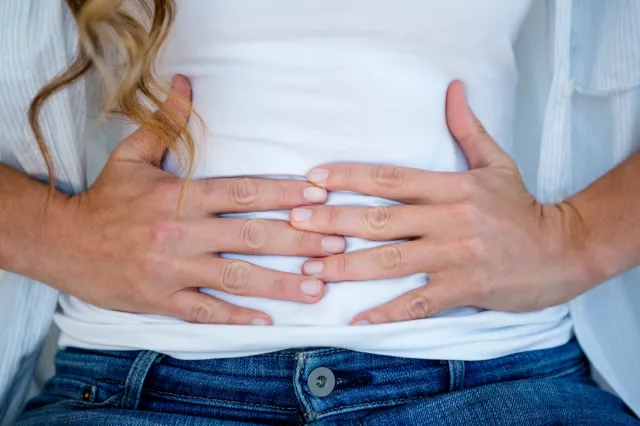
Ileus, "which is a temporary condition where your intestine can't push food and waste out of your body, is an unofficial side effect due to the effects of slowing down the gut movement," says Kylie Bensley, MS, RD and founder of Sulinu Nutrition. If you think you have this, she recommends seeking medical advice.
Muscle Loss
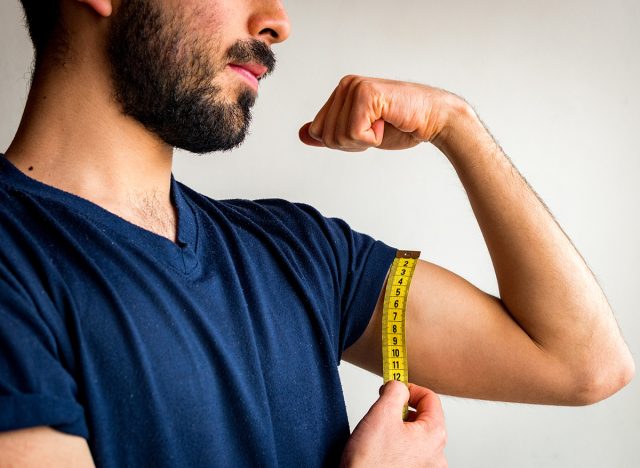
Sue Decotiis, MD, NYC weight-loss doctor, notes that there are a few reasons why rapidly losing weight leads to muscle loss. "There are many people who lose muscle because they aren't drinking enough water. Water intake is imperative. You really need to drink a lot of water when you're burning that much fat. If you are not drinking enough water, your body won't burn fat, and you'll lose muscle," she says. The other reason is losing weight rapidly, which often leads to losing muscle. To mitigate this, make sure to lift weights or do another form of muscle-strengthening exercise.
RELATED: What Happens to Your Body When You Stop Taking Ozempic
More Self-Esteem

A positive side effect? "I've seen a lot of positive effects on personality in my practice. When people lose weight, they have better self-esteem, and they feel more confident in their own skin," says Dr. Decotiis. "I have people who were using sedatives for anxiety or depression, and then when they lost weight, they felt better and didn't need them as much. My patient who has ADHD felt they had better focus and concentration."
Eating Disorder Triggering

If you have eating disorders in your history, rapidly losing weight can be triggering. "If there's a history of an eating disorder, that's when people can run into some problems. People who used food as a crutch and would go to food for comfort may miss food a lot because they used to get that dopamine hit from using food to make them feel better," explains Dr. Decotiis. She recommends anyone who has struggled with these sorts of issues to work with a therapist while losing weight.
Decreased Libido

Losing weight might impact your sex drive. "In the beginning, realize there's a tremendous metabolic change going on in the body that can cause fatigue, and when someone is tired, their libido goes down. As time goes on and you lose more weight and feel better, libido will go back to normal because you'll feel more confident and better without clothes on," says Dr. Decotiis.
RELATED: 20 Things You Need to Know About Ozempic and Weight Loss
Saggy Skin
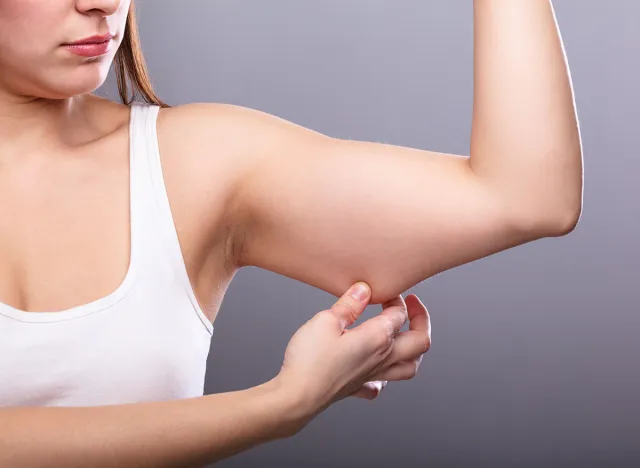
According to Dr. Decotiis, some people are complaining about having a saggy butt, face, or loose skin after rapidly losing weight, which has to do with fat loss. "Your skin stretches when you gain weight, so when you lose a lot of weight, sometimes your skin doesn't fully go back to normal," she says. "Think of a woman who's pregnant. When she has a baby, sometimes her stomach takes time to go back to how it was before." One way to mitigate this effect is by weight training during the weight loss process. "Additionally, as you age, you have less elasticity in your skin, and you cannot produce as much collagen. Your skin bounces back better when you're younger," she says.
💪🔥Body Booster: After losing weight fast, make sure to lift weights or do another form of muscle-strengthening exercise to avoid losing muscle.




